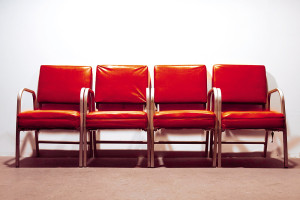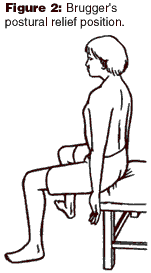When we think about it, we do sit a lot. From watching TV, driving to work, to using the computer in the workplace and then using our computer at home – we sit for a very long time each day. It is estimated we sit for around 10-15 hours per day.

So, just how bad is all this sitting? It has often been termed that ‘Sitting is the new smoking’. Dr James Levine from the Mayo clinic in the USA suggests that there are over 34 chronic diseases that are associated with excess sitting. These include type 2 diabetes, heart disease and even cancer.
What happens to our body during prolonged sitting? Our metabolism slows due to our cells not needing as much energy, our blood sugar levels and blood pressure both increase. When we are not moving, our muscles are not contracting. When muscles contract, it forces the sugar in our blood to be forced into the muscles to provide a fuel source for contraction. This is the reason type II diabetes occurs – our muscles are not using up the sugar in our blood stream.
How to minimise our seating:
Keep moving at work:
- Get up and move for 10 minutes of every hour
- Stretch your back and legs often
- Walk over to your colleagues instead of emailing or calling
- Use the stairs
- Use a standing desk
- Conduct walking meetings
Reduce the number of hours we watch TV, use tablets/laptops!
Making frequent posture changes is very important. Prolonged sitting does encourage more rounded shoulders, an increase in thoracic kyphosis (ie, hunchback) and a forward head carriage posture (head positioned in front of the shoulders). Breaks as short as 1 minute can even help with posture, you just need to change your static position!
A quick postural exercise:
Brugger’s postural exercise – Start by sitting on the edge of your chair with your arms hanging by your side, palms facing forward. Now rolls your thumbs out and back. As you do this, try and get your shoulder blades to touch each other in the middle of your spine. Add in a chin tuck, by tucking the chin straight back.

Hold this position for roughly 10 seconds and perform 2-3 times. You can perform this exercise as many times as you want throughout the day. Also don’t forget to include this into your routine of getting up out of the chair and moving!
Mitchell Roberts – Chiropractor


